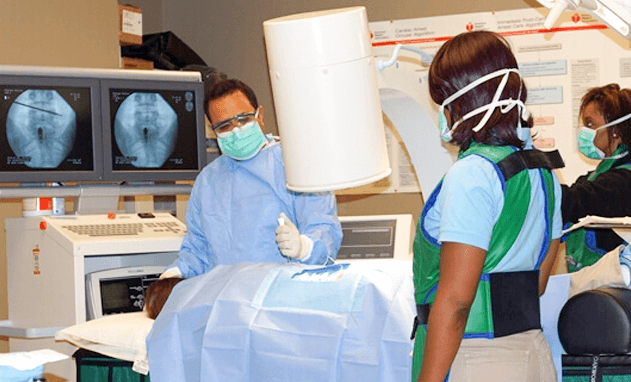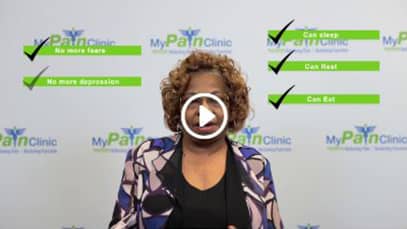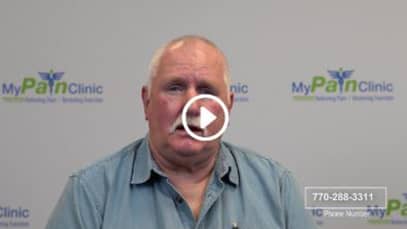The Problem
Sports-related injuries are common for athletes and people with an active lifestyle. It doesn’t even have to be a contact sport. You can get injured even during your regular workout session. These injuries can occur mainly in joints and muscles surrounding the joint such as heel, knee, and lower back. Not only do these injuries cause discomfort, but they can also mean an end to your professional career lest they are treated properly.
Sports lovers, professional athletes, and fitness enthusiasts make up a good portion of our clientele at My Pain Clinic. We specialize in providing an effective treatment plan that provides long-term relief in as less time as possible.
At My Pain Clinic, we create a customized treatment plan based on specific issues of each and every patient. Some of the most common types of sports-related injuries we come across are as follow:

Epicondylitis or Tennis Elbow
It is a problem suffered by athletes who play sports that require repetitive use of the elbow such as golf and tennis. The movement creates tiny tears in the tendons and that is what causes pain.
Rotator Cuff Injur
frequent movement of the muscles in your shoulder area can cause tears and inflammation. Depending on the severity of the damage, the pain can range from mild to extremely severe.
Heel Injuries
Heel injuries are common in athletes as well as people who work out a lot. It usually occurs due to a fall, accident, or wrong posture during these activities.
Knee Injury
There can be various types of knee injuries. The ACL tear is when there are cuts or tears in the ligament that holds the leg bone and knee together. This is one of the most severe injuries in sports.
Knee Pain
Patellofemoral syndrome can cause severe and constant knee pain. It occurs when the tissues under the knee cap are severely damaged due to excessive repetitive movement of the knee.
The Treatment
Physiatrists at My Pain Clinic play a strong role in designing strength and conditioning programs to enhance performance and prevent injuries. Treatment of injuries may include physical therapy, exercise, braces or orthotics, and, sometimes, selective joint and tendon sheath injections.
We first take a detailed history and conduct a physical examination, and follow up with diagnostic testing that includes x-rays, MRI, CT scan, EMG/NCV studies, and ultrasound. After diagnosis, we devise a structured treatment plan based on pain medications, spinal and joint injections, physical therapy and rehabilitation.

Visit us to help us find a customized treatment plan for your injury and pain.








